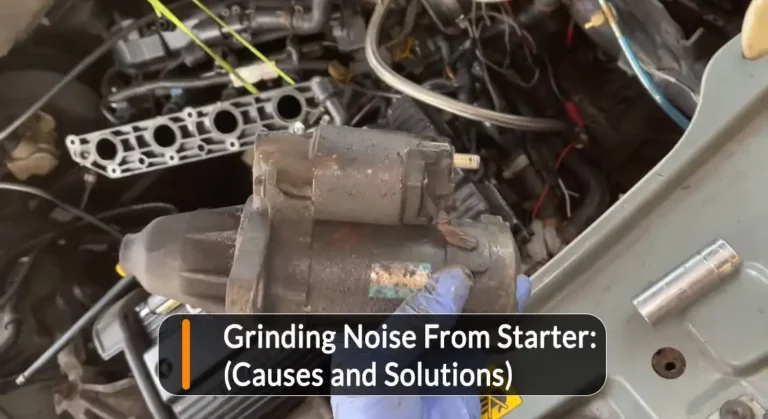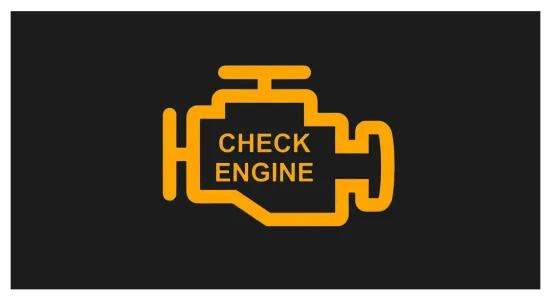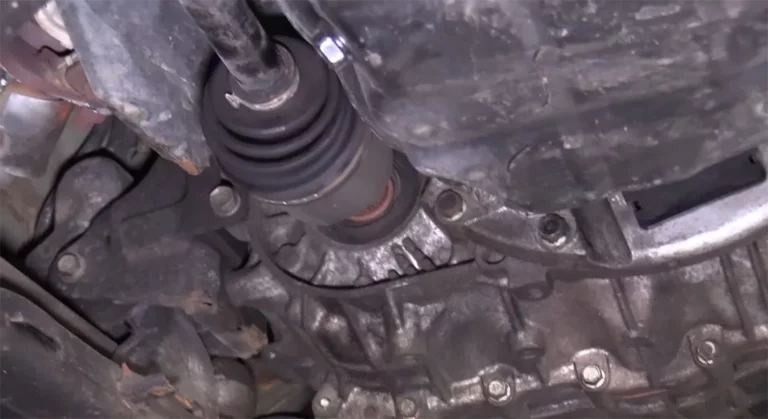What Should You Do If the Car’s Fuel Range Going Up and Down?
The fuel range displayed on a car’s dashboard estimates the distance the vehicle can go with the remaining petrol in the tank. However, the fuel range may fluctuate or go up and down.
The problem produces uncertainty regarding the real distance that can be achieved. The causes of this condition are listed below.:
- Fuel leakage
- Driving conditions
- Fuel quality
- Vehicle maintenance
- Fuel system issues
- Sensor error
In this article, the different causes of a car’s fuel range going up and down will be observed. The potential consequences, and what steps should be taken to solve this issue will also be discussed as well.
What Are the Symptoms That Your Car’s Fuel Range Is Going Up and Down?
The indicators of a car’s fuel range fluctuating may indicate a variety of problems. Look for these indications to verify the fuel range fluctuation:
- Inconsistent Fuel Range Readings: If the estimated fuel range shown on your car’s instrument cluster changes often, it suggests inconsistencies in fuel usage and range.
- Variable Fuel Efficiency: You may notice that your vehicle’s mile per gallon (MPG) fluctuates dramatically over time. It suggests a variable fuel range.
- Sudden Fuel Range Drops: The fuel range suddenly drops for no apparent reason. If this happens, it might signal a problem with fuel efficiency or a problem with the fuel system.
- Changes in Driving Behavior: Fuel range fluctuations may cause you to change your driving behavior or refill more frequently to compensate for the lower range.
- Fuel System Warning Lights: In some situations, changes in fuel range may be accompanied by the activation of the check engine light or other fuel system warning lights.
These lights signal that immediate care is required and should be addressed by immediately.
What Are the Reasons for the Fuel Range Fluctuating?
It is vital to determine the specific cause of the car’s frequent fuel range up and down issue. The following are the most prevalent reasons:
- Driving Style: Aggressive driving habits such as quick acceleration, harsh braking, and excessive speeding can result in greater fuel consumption and a shorter range.
- Driving Conditions: Factors like high traffic, frequent stop-and-go driving, driving uphill, and inclement weather can reduce fuel efficiency. It causes the fuel range to fluctuate.
- Vehicle Maintenance: Neglected maintenance concerns can reduce fuel efficiency and result in inconsistent fuel range readings. Unclean air filters, worn-out spark plugs, low tire pressure, and engine difficulties are some of them.
- Fuel Quality: Poor-quality fuel or fuel polluted with contaminants can reduce combustion efficiency and result in decreased fuel economy. This results in fuel range variations.
- Mechanical Issues: Fuel system issues, such as a broken fuel pressure regulator or a damaged fuel pump, can cause the issue.
Steps to Fix the Fuel Range Goes Up and Down Problem
There are several troubleshooting strategies you can try to fix the fuel range going up and down problem with your car. Here is an easy-to-follow guide to help you solve the problem:
1- Fix any Damaged Connections
Examine the electrical contacts that are connected to the fuel range indication system for any loose or damaged connections.
Check the area surrounding the instrument cluster and the fuel tank level sensor for any loose or broken connections. Verify that every connection is solid and unharmed by corrosion or breakage.
2- Check the Quality of the Fuel
Make certain that you are utilizing high-quality fuel from respected stations. Poor-quality or polluted fuel can reduce fuel efficiency. To remove any deposits in the fuel system, consider applying a fuel additive or cleaner.
3- Monitor Driving Habitats
Consider your driving style and behaviors. Avoid driving aggressively, prolonged idling, and quick acceleration.
Maintain a constant speed and anticipate traffic to avoid excessive braking and acceleration.
4- Maintain Proper Tire Pressure
Assess and maintain your vehicle’s specified tire pressure. Tires that are underinflated can increase rolling resistance and lower fuel economy.
5- Check for Fuel System Issues
Look for any leaks, test the fuel pump and injectors, and make sure the fuel pressure is properly regulated. Address any faults or component failures that have been detected.
6- Examine the Fuel Level Sensor
The accuracy of the fuel level sensor is crucial to the computation of the fuel range. Readings that are inconsistent might result from a defective sensor.
If required, have a competent mechanic examine or replace the fuel level sensor.
7- Consider Elevation and Driving Conditions
If you often travel in hilly regions or locations with fluctuating elevations, consider the influence on fuel consumption owing to greater engine workload. Adjust your driving habits and replenish your schedule accordingly.
8- Reset the System
In certain circumstances, inconsistent fuel range readings can be fixed with a straightforward system reset. Find the fuse or relay that controls the fuel range indicator and turn it off for a while. To restart the system, reinstall the fuse or relay.
9- Perform Regular Maintenance
Keep tabs on your real fuel usage and contrast it with the range of fuel that is shown. As you fill-up the tank, keep an eye out for variations in the indicated range.
Inspect and replace air filters, spark plugs, and other components as needed on a regular basis. Ensure that the engine is correctly tuned and that any mechanical concerns are addressed as soon as possible.
What to Do If the Fuel Range Indicator Shows an Inaccurate Reading?
There are a few things you can do if the fuel range indicator is reading incorrectly:
- Cross-Check with Actual Mileage: Reset your trip meter or keep note of your actual distance and contrast it with the predicted range to cross-check.
You may determine your car’s fuel economy more precisely by figuring out how far you can go with the fuel you have left.
- Refuel and Monitor: Consider fuelling your car and keeping an eye on the projected range after a full tank. You may use this to determine whether the indicator continually displays false readings.
- Consult the Owner’s Manual: Check the handbook for any particular guidelines or troubleshooting procedures to deal with inaccuracies.
Fuel Range Going Up And Down – (FAQs)
Can elevation changes impact the fuel range?
Yes, driving in places with fluctuating altitudes, such as hilly regions, can affect fuel usage and create fuel range changes.
How can I increase the range of my car’s fuel tank?
To increase fuel range, drive safely, keep adequate tire pressure, adhere to specified maintenance schedules, and use high-quality fuel.
Does utilizing extras like air conditioning reduce fuel range?
Yes, utilizing extras such as air conditioning or headlights excessively can increase fuel consumption and lead to fuel range changes.




